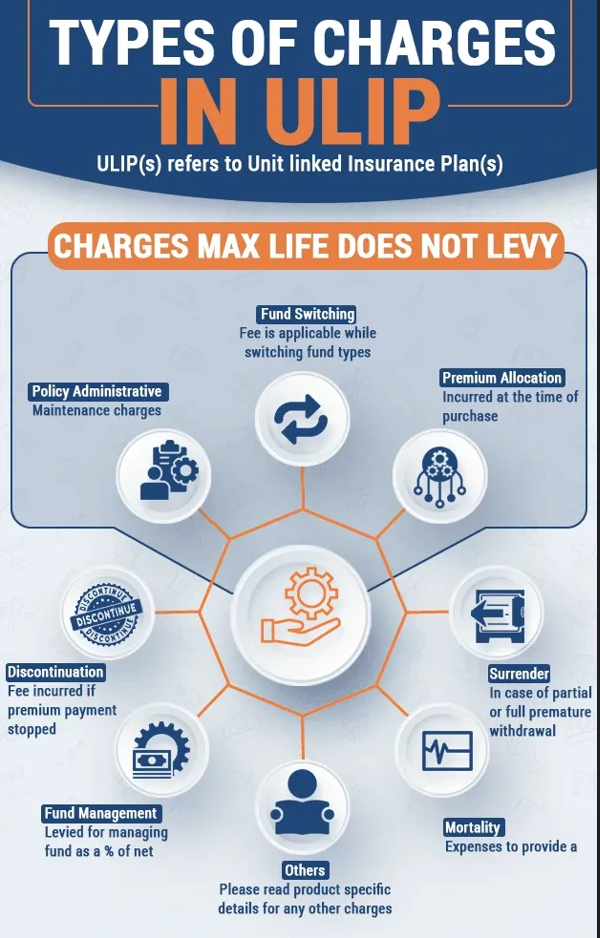by Mr. Anuj Puri, JLL
India
Across the world, the
stride of migration from rural urban areas is increasing.
By 2050, nearly 70 %
of the population will be living in cities, and India is no exception.
India will need about
500 new cities to accommodate the rapid influx of population into its urban
regions.
Interestingly,
urbanization in India has for the longest time been viewed as a by-product of
failed regional planning.
Though this is
inevitable, and will only change when the benefits of urbanization overtake the
costs involved, it is an opportunity for achieving faster growth.
With increasing
urbanization and the load on the land in rural areas, the Indian government has
now realized the need for cities that can cope with the inherent challenges of
urban living and also be magnets for investment to catalyse the local
economies.
The announcement of
‘100 smart cities’ falls in line with this vision.
A 'smart city' is an
urban region that is highly advanced in terms of overall infrastructure,
sustainable real estate, communications and market viability. It is a city with
information technology as its principal infrastructure and the very basis for
providing essential services to its residents.
There are many technological platforms
involved, including but not limited to automated sensor networks and data
centres. Though this may sound futuristic, it is now likely to become a reality
as the ‘smart cities’ movement unfolds in India.
A smart city offers a
superior way of life to its denizens, and one wherein economic development and
activity is sustainable and rationally incremental by virtue of being based on
success-oriented market drivers such as supply and demand. They literally
benefit everybody, including denizens, businesses, the government and moreover
the environment.
Origins Of The 'Smart
City' Concept..
The concept of smart
cities originated at the time when the entire world was facing one of the worst
economic crises. In 2008, IBM began work on a 'smarter cities' concept as part
of its Smarter Planet initiative.
By the beginning of
2009, the concept had captivated the imagination of various nations across the
globe.
Countries like South
Korea, the United Arab Emirates and China began to invest heavily into research
and the formation of smart cities. Today, there are a number of excellent
precedents that India can emulate for its own smart cities programme:
· Smart City Vienna in Austria
· Aarhus Smart City in Denmark
· Amsterdam Smart City
· Cairo Smart Village in Egypt
· Dubai Smart City and Dubai Internet
City in the UAE
· Smart City Lyon in France
· Smart City Málaga in Spain
· Malta Smart City
· The Songdo International Business
District near Seoul, South Korea
· Yokohama Smart City in Japan
· Verona Smart City in Italy
Smart Cities In
India..
In India, the cities
that have ongoing or / proposed smart
cities include
Kochi in Kerala,
Ahmedabad in Gujarat,
Aurangabad in
Maharashtra,
Manesar in Delhi NCR,
Khushkera in
Rajasthan,
Krishnapatnam in
Andhra Pradesh,
Ponneri in Tamil Nadu
and
Tumkur in Karnataka.
Many of these cities
will include special investment regions or special economic zones with modified
regulations and tax structures aimed at making is easier and more attractive
for foreign companies to invest in them.
This is an essential
factor for success for smart cities in India, because much of the funding for
these projects will have to come from private developers and from abroad.
Challenges..
The smart city
concept is not without challenges, especially in a country like India. For
instance, the success of such a city depends on its residents, entrepreneurs
and visitors to the city becoming actively involved in energy saving and
implementation of new technologies.
There are many ways
to make residential, commercial and public spaces sustainable by ways of
technology, but a high percentage of the total energy use is still in the hands
of end users and their behaviour. Also, there is the time factor – such cities
can potentially take anything between 20-30 years to build.
About the author
Mr. Anuj Puri,
Chairman & Country Head, JLL India
Arun Chitnis
Head – Corporate
Communications & Media Relations
JLL India, Pune
- 411 001.
Tel: (020) 30930441
Fax: (020) 40196101
Mob: +91 9657129999
Website:
www.joneslanglasalle.co.in
Blog:
www.joneslanglasalleblog.com/realestatecompass
Twitter:
JLLIndia_Realty































